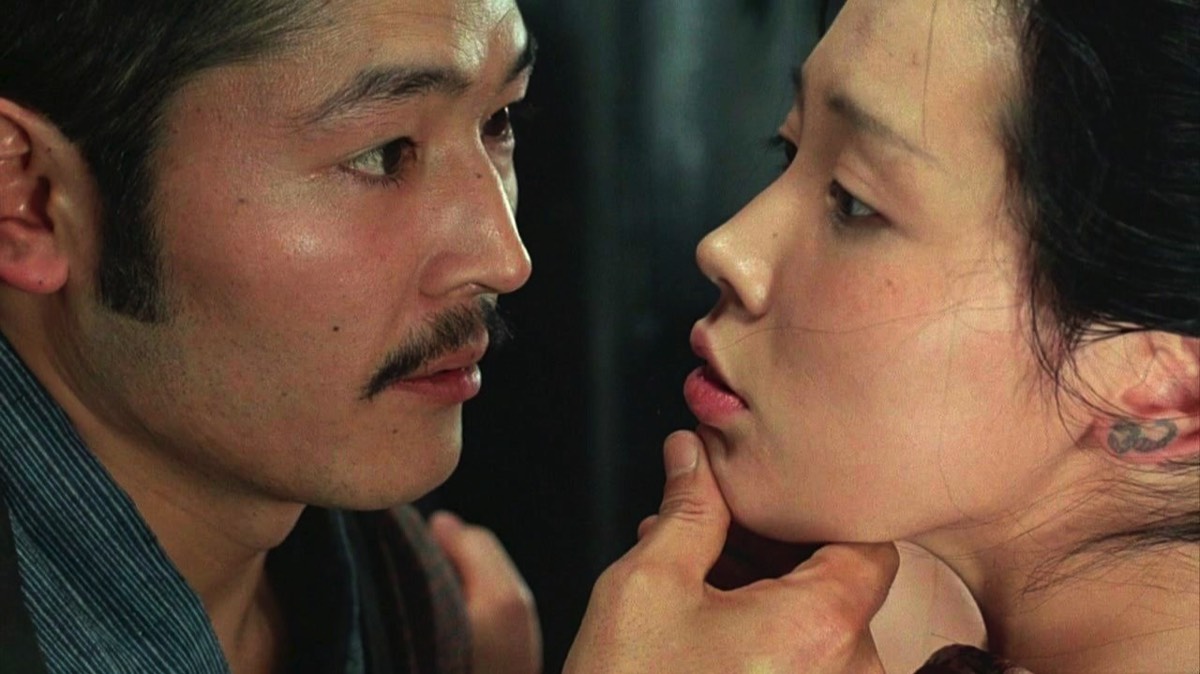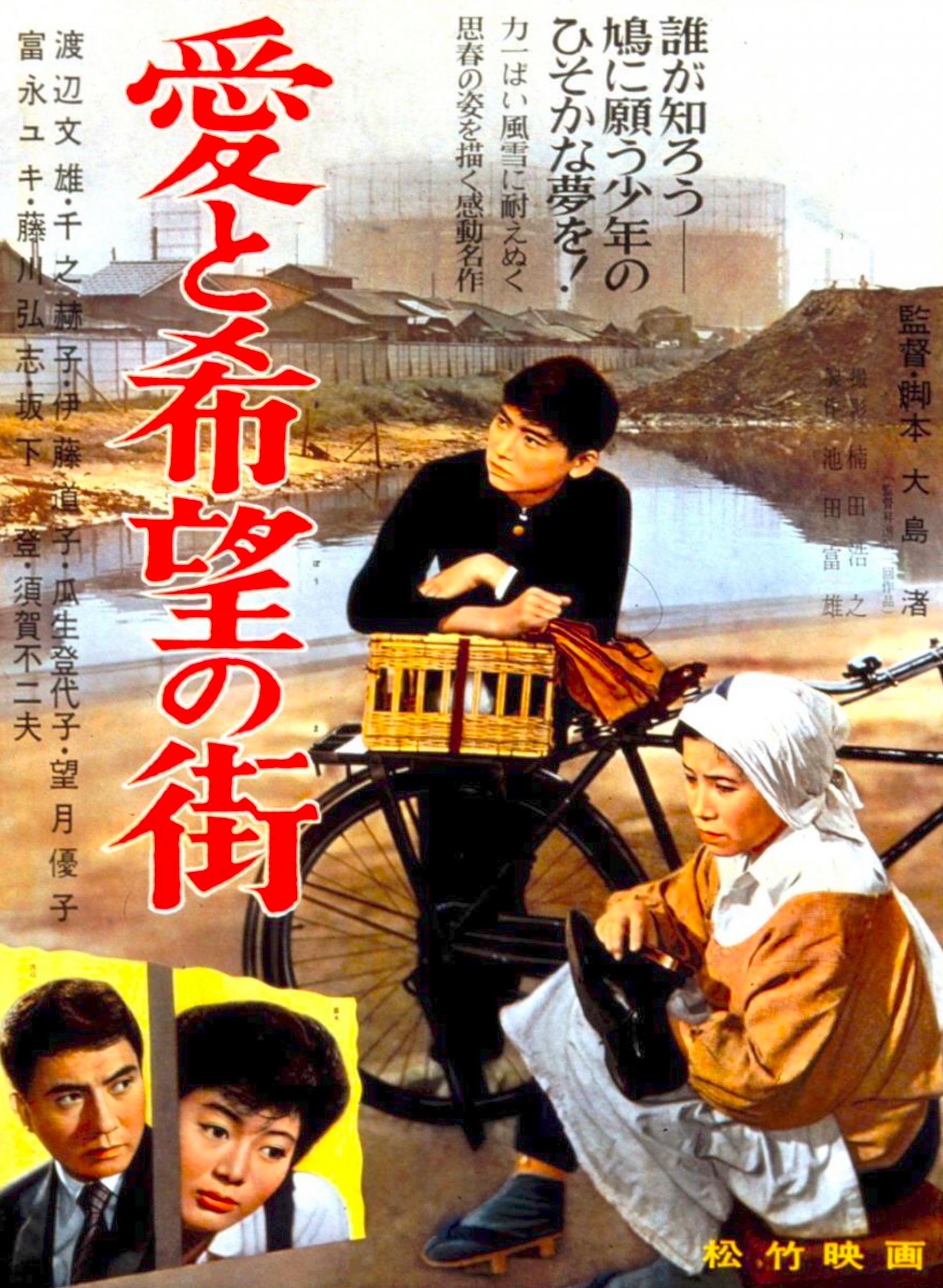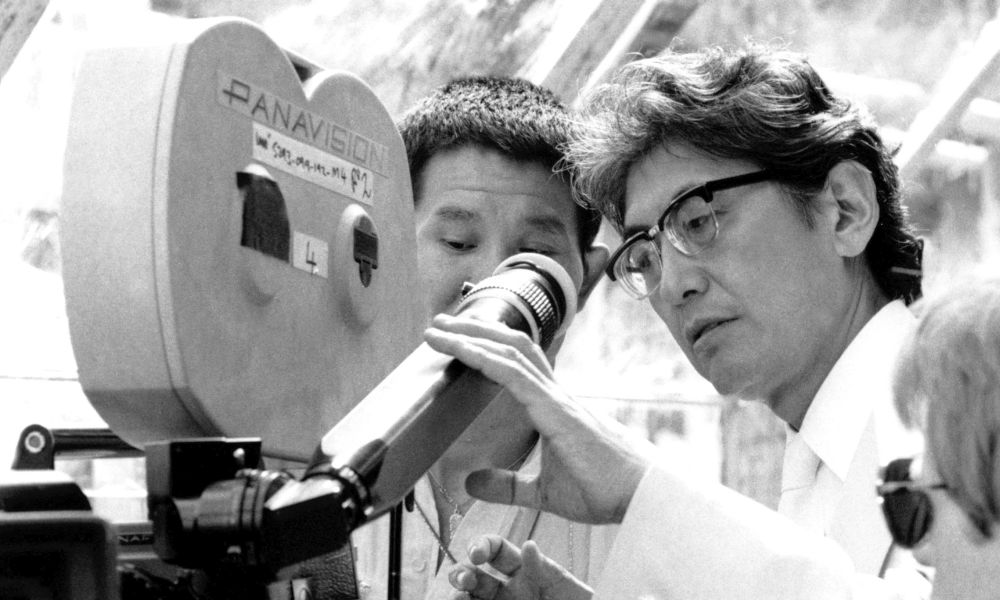“Oshima’s films repeatedly confront the way in which Japanese laws, customs and rituals constrain and oppress the individual… His finest work has a moral commitment, a clarity of purpose and an artistic inventiveness and ambition seldom found in contemporary cinema.” - Geoff Andrew (The Director's Vision, 1999)
Nagisa Oshima
Key Production Countries: Japan, France
Key Genres: Drama, Comedy Drama, Satire, Crime Drama, Teen Movie, Political Satire, Erotic Drama, Urban Drama, Juvenile Delinquency Film, Period Film
Key Collaborators: Keiichi Uraoka (Editor), Fumio Watanabe (Leading Character Actor), Akiko Koyama (Leading Character Actress), Kei Satô (Leading Character Actor), Mamoru Sasaki (Screenwriter), Jusho Toda (Production Designer), Tsutomu Tamura (Screenwriter), Masayuki Nakajima (Producer), Hikaru Hayashi (Composer), Rokkô Toura (Character Actor), Yasuhiro Yoshioka (Cinematographer), Taiji Tonoyama (Character Actor)
Key Genres: Drama, Comedy Drama, Satire, Crime Drama, Teen Movie, Political Satire, Erotic Drama, Urban Drama, Juvenile Delinquency Film, Period Film
Key Collaborators: Keiichi Uraoka (Editor), Fumio Watanabe (Leading Character Actor), Akiko Koyama (Leading Character Actress), Kei Satô (Leading Character Actor), Mamoru Sasaki (Screenwriter), Jusho Toda (Production Designer), Tsutomu Tamura (Screenwriter), Masayuki Nakajima (Producer), Hikaru Hayashi (Composer), Rokkô Toura (Character Actor), Yasuhiro Yoshioka (Cinematographer), Taiji Tonoyama (Character Actor)
“This Japanese director started making films at about the same time as the early demises of the two great figures of early Japanese cinema, Mizoguchi and Ozu and, after establishing an international reputation toward the end of the 1960s, became the most prominent Japanese film-maker of his generation. His films are obsessively concerned with sex and death - rich, heavy, heady mixtures set in modern Japan, as vivid as they are usually lengthy.” - David Quinlan (Quinlan's Film Directors, 1999)
“A controversial New Wave film-maker, he is notorious for the challenging political and erotic themes of his work. The highly controversial Ai no corrida (1976) portrayed and obsessive relationship that resulted in strangulation and castration.” - Chambers Film Factfinder, 2006

In the Realm of the Senses (1976)
"Japanese cinema in the 1960s produced a battery of young talent, but none as serious, precise, or versatile as Oshima. Arguably, he was the first Japanese director who seemed to be functioning within a totally modern world. He had rejected the period film and grappled with the agonizing forces compelling Japan to choose between its traditions and modernity. Much of his early work is still unknown in the West, but his subject matter indicates the new post-war consciousness: The Sun’s Burial is a picture of a seething slum community; The Catch deals with a Negro soldier taken prisoner during the war. But it was in 1968 that Oshima made his decisive impact with Death by Hanging and Diary of a Shinjuku Thief." - David Thomson (The New Biographical Dictionary of Film, 2010)
“The most celebrated - and the most notorious - of Japanese ‘New Wave’ directors… He made his first feature in 1959, and his first impact on Western audiences with Boy ten years later. Working independently since 1965, he has developed a style both experimental and formalist, with heavy political commitment. For Oshima, sex and politics are intertwined, and sexual frustration is paralleled by public violence.” - The Illustrated Who's Who of the Cinema, 1983
"Nagisa Oshima, the Godard of the East, spent much of the 1980s engaged in international co-productions. He directed Merry Christmas, Mr. Lawrence in 1983 for Jeremy Thomas… and he combined with Luis Buñuel’s old scriptwriter, Jean-Claude Carrière, on Max, Mon Amour… These European excursions seem a world apart from the early work of the former student activist and leader of the Japanese New Wave of the late 1950s. Back in those days, Oshima was telling cruel stories of youth, using the ingredients of American teenage exploitation movies, namely sex and violence, to make a trenchant critique of postwar Japanese society. Railing against the U.S.-Japan Security Pact, and despairing of the old left communists’ ability to make a meaningful intervention as the country experienced its ‘‘economic miracle,’’ Oshima mobilized delinquency and nihilism. Unlike the French nouvelle vague, who tended merely to aestheticize the exploits of their young petty criminals and misfits—the Antoine Doinels and Jean Paul Belmondos—and who took until 1968 to become obstreperously political, Oshima was engaged from the outset." - G.C. Macnab (International Dictionary of Films and Filmmakers, 2000)
Selected Filmography
{{row.titlelong}}
Nagisa Oshima / Fan Club
Luca Guadagnino, Adoor Gopalakrishnan, Kiyoshi Kurosawa, Ulrich Gregor, Apichatpong Weerasethakul, Rod Stoneman, Anchalee Chaiworaporn, Callisto Cosulich, Naomi Kawase, Cristina Nord, Jean-Pierre Dardenne, Laurent Cantet.
Luca Guadagnino, Adoor Gopalakrishnan, Kiyoshi Kurosawa, Ulrich Gregor, Apichatpong Weerasethakul, Rod Stoneman, Anchalee Chaiworaporn, Callisto Cosulich, Naomi Kawase, Cristina Nord, Jean-Pierre Dardenne, Laurent Cantet.
"Fan Club"
These film critics/filmmakers have, on multiple occasions, selected this director’s work within film ballots/lists that they have submitted.
These film critics/filmmakers have, on multiple occasions, selected this director’s work within film ballots/lists that they have submitted.


